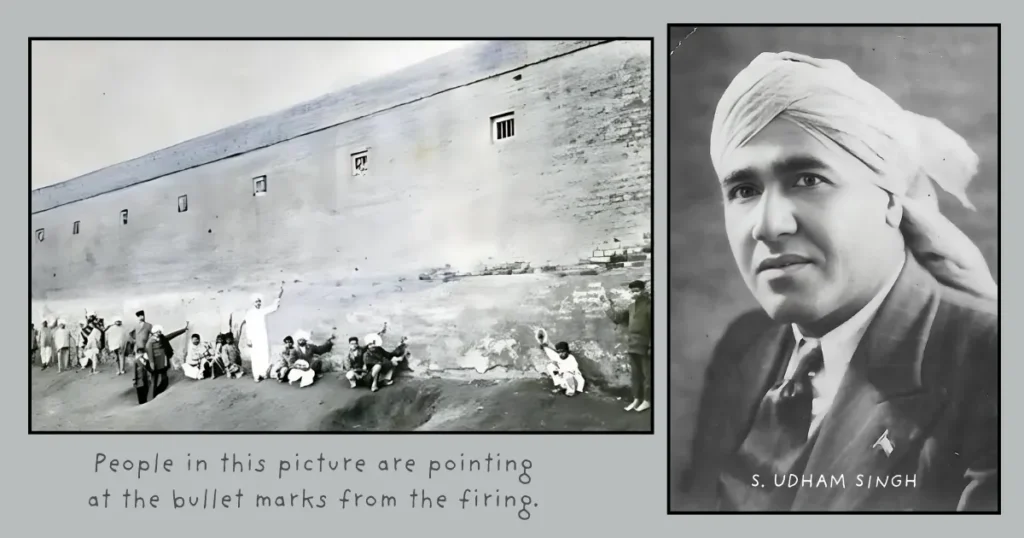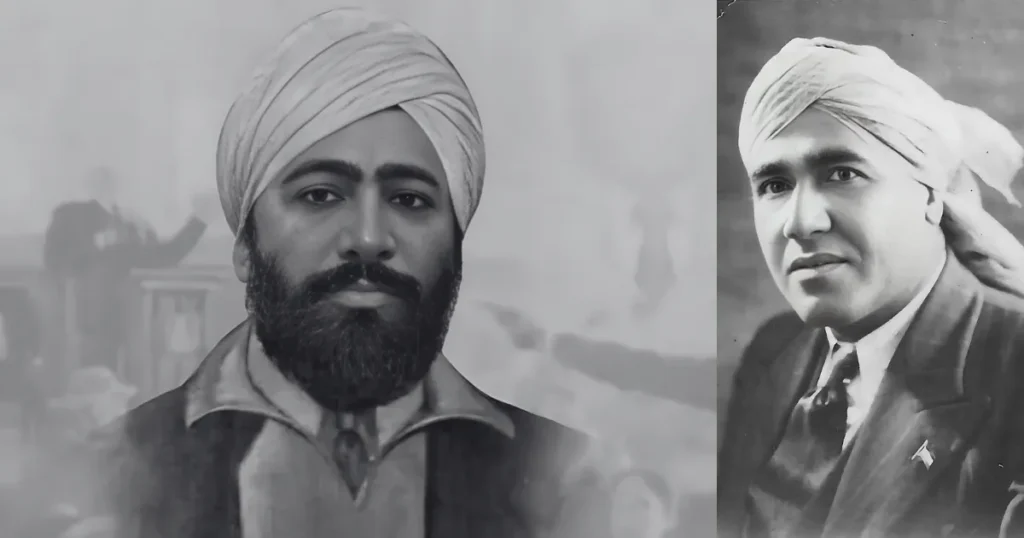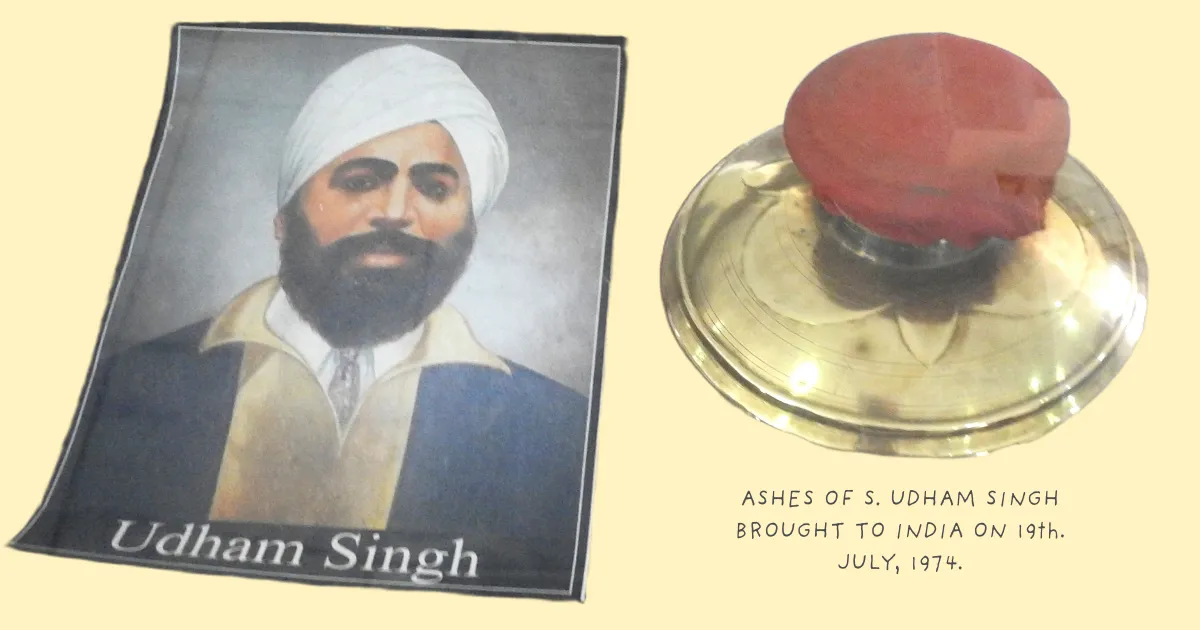Why Sardar Udham Singh Avenged Jallianwala Bagh & Where His Ashes Lie
Discover the remarkable life, sacrifice, and final resting places of Sardar Udham Singh, the revolutionary who avenged the Jallianwala Bagh massacre.
Punjab, India – Sardar Udham Singh, a name that continues to resonate across India and the Punjabi heartland, is remembered every July 31 for his unwavering commitment to justice and his ultimate sacrifice. His path, shaped amid loss and colonial brutality, led him to avenge the infamous Jallianwala Bagh massacre, a singular act that permanently changed his place in India’s freedom struggle. Today, people still ask: Why did Sardar Udham Singh become a martyr, and where are his ashes kept now?
Early Life and the Tragedy That Changed Everything
Sardar Udham Singh, originally Sher Singh, was born on December 26, 1899, in Sunam, situated in the Sangrur district of Punjab. Orphaned young—first losing his mother and then his father—he and his older brother were sent to the Central Khalsa Orphanage in Amritsar, where Sher Singh was renamed Udham Singh. The tragedy of his early years instilled in him a sense of loss that would later mold his revolutionary spirit.
Singh attended the orphanage school, passing his matriculation in 1918. It was April 13, 1919, that became the turning point in his life. On that day, the peaceful Baisakhi gathering at Jallianwala Bagh in Amritsar was attacked under the orders of General Reginald Dyer, killing over a thousand unarmed civilians. Michael O’Dwyer, then the Lieutenant Governor of Punjab, had strongly supported this atrocity. Udham Singh, present that day, survived—scarred by the violence and injustice he witnessed.
“The pain and helplessness Udham Singh felt that day stayed with him for the rest of his life,” notes Dr. Rajinder Pal Singh, historian at Punjabi University.
Enraged and deeply affected, Udham Singh decided to dedicate his life to India’s freedom. Inspired by Bhagat Singh and his revolutionary group, Singh joined the Ghadar Party in 1919, which was known for organizing overseas Indians against British rule. He began to travel extensively, strengthening revolutionary ties in Africa, the US, and Europe. Singh’s activism saw him arrested in 1927 for possession of arms and seditious literature, resulting in five years in prison.

In jail, Singh met Bhagat Singh, whose mentorship further radicalized his resolve. Upon release in 1931, despite close police scrutiny, Udham Singh escaped to Germany, then England, taking up various jobs while carefully planning his next move.
The Act of Martyrdom – Avenging Jallianwala Bagh
By 1934, Singh had established himself in London, often working under aliases including “Ram Mohammad Singh Azad”—a name symbolically uniting India’s major religions. He spent six years under intense British surveillance, meticulously planning revenge for the massacre.
On March 13, 1940, Michael O’Dwyer attended an event at Caxton Hall, Westminster, London. Concealed within the audience, Singh waited for O’Dwyer’s speech to end, then pulled out a revolver hidden in a book and shot him at point-blank range, killing him instantly. Singh surrendered without attempt to escape, using his trial as a platform to denounce British imperialism and the massacre’s horrors.
In court, Udham Singh boldly declared, “I did it because I had a grudge against him. He deserved it. He was the real culprit.”
“I am not afraid of death. I am proud to die for the cause. What greater honor could be bestowed upon me than death for the sake of my motherland?” – Sardar Udham Singh at his trial.
Convicted of murder, Singh was hanged at Pentonville Prison, London on July 31, 1940, reinforcing his legendary status as “Shaheed-i-Azam” (the Great Martyr).
The Return of Ashes – Where Are Sardar Udham Singh’s Remains?
For years, Udham Singh’s remains lay buried at Pentonville Prison. But in 1974—after decades of demand from Indian leaders and the Punjabi diaspora—his coffin was returned to India. The casket, draped in the Indian tricolor, arrived by special aircraft and was welcomed by Prime Minister Indira Gandhi and President Shankar Dayal Sharma.
On July 31, 1974, coinciding exactly 34 years after his execution, Singh’s last rites were performed at his hometown Sunam. His ashes were scattered in the Ganges at Haridwar and the Sutlej River, symbolizing his belonging to all of India.
Distribution of Ashes:
- Ashes were divided into seven urns on August 2, 1974.
- One urn each was sent to:
- Haridwar (for Hindu rites)
- Kiratpur Sahib (in Sikh tradition)
- Rauza Sharif at Sirhind (a Sufi Muslim shrine)
- Jallianwala Bagh Museum, Amritsar.
- Sunam (his hometown—one urn was placed under the foundation of his memorial tower in Sunam).
- Two urns rest in the Shaheed Udham Singh Arts College’s library in Sunam, still awaiting a permanent memorial.
Current Status:
While public pressure grows for a proper memorial to house his remains, most urns remain at their allotted sites — a powerful reminder of his vision for India’s unity and freedom.

Udham Singh’s memory is deeply enshrined in the Indian ethos—Punjab and Haryana observe public holidays on his martyrdom day, and several institutions, statues, and districts such as Udham Singh Nagar in Uttarakhand are named in his honor.
Also Read | Uncover Iraq’s Abbasids Empire’s Glorious Legacy
His commitment to secularism, visible in his chosen name, continues to inspire generations. Museums in Amritsar and Sunam display his belongings, while his narrative is retold in books, documentaries, and films—most recently in the acclaimed movie “Sardar Udham”.
- Ethical Formulation: Hamare Ghar Ka Soaps for Bath / Bath Soap as a beacon of ethical skincare, embodying a commitment t…
- Harmonious Blend of Key Ingredients: Ghar Bath Soap / skin whitening soap bring together a symphony of carefully selecte…
- Radiant Skin with Saffron: The secret to radiant skin lies in the inclusion of saffron in our Soaps for Bath/ Bath Soap….
Public Response:
“The sacrifice of Sardar Udham Singh is not just history—it’s a lesson in unity, resistance, and standing up for what is right,” shares Baljeet Singh, a schoolteacher in Amritsar.
FAQ: Sardar Udham Singh, Martyrdom, and Ashes
Who was Sardar Udham Singh?
A revolutionary freedom fighter from Punjab who avenged the Jallianwala Bagh massacre by assassinating Michael O’Dwyer in London in 1940.
Why did Sardar Udham Singh become a martyr?
He was executed for killing O’Dwyer, motivated by the desire to avenge the Jallianwala Bagh massacre, which he survived as a young man.
Where are Sardar Udham Singh’s ashes kept now?
His ashes were divided into seven urns—placed at Haridwar, Kiratpur Sahib, Rauza Sharif, Jallianwala Bagh Museum, under his memorial at Sunam, and two urns are at Shaheed Udham Singh Arts College, Sunam.
Is there a public holiday for Sardar Udham Singh?
Yes, Punjab and Haryana mark his martyrdom day with a public holiday to honor his sacrifice.
What legacy did Udham Singh leave behind?
He symbolizes resistance against colonial oppression, secular nationalism, and undying commitment to justice.
On this Martyrdom Day, as flags are lowered in Punjab and prayers are said across India, the legacy of Sardar Udham Singh calls for unity, remembrance, and active pursuit of justice. His ashes rest across sacred sites, but his spirit lives on wherever people cherish freedom and courage.
For more detailed biographies and updates on commemorative events, stay connected to local Punjab news and heritage resources.


